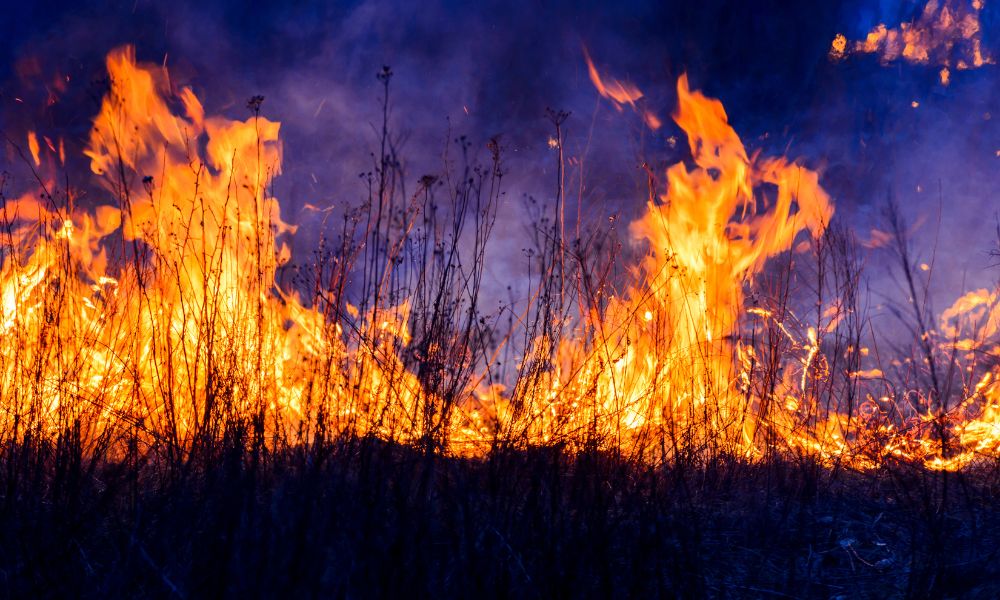
Whenever people think or talk about firefighting, one image usually enters the mind: A firefighter, suited up in protective gear, racing into a building or home to rescue the inhabitants. That is indeed one kind of firefighting, and structural firefighters do great and important work. But they’re not the only kind of firefighters. Wildland firefighters are a different type, and their name explains what they do. Both types of firefighters have important jobs and their share of dangers, but what’s the difference between structural and wildland firefighting?
Structural Firefighting
Usually working in towns, villages, and cities, the structural firefighter is trained to engage with and put out fires that take place in homes, buildings, and other structures. Their duties extend to other emergencies, as well. Structural firefighters may be called upon to help with traffic accidents and are known for extracting injured people from vehicles.
Firefighters are trained to perform basic emergency medical care and respond to calls to help with major spills and similar incidents. Finally, they may be full-time or part-time employees or volunteers.
Wildland Firefighting
Again, it’s all in the name. Wildland firefighters work in the wild, helping to stop fires in forests, prairies, and other natural areas likely to experience a conflagration. Wildland firefighters tend to work seasonally because fires mostly flare up in hot and dry weather. While there may be an occasional structure in danger in a wildland fire, these firefighters work on putting out and preventing trees, grasslands, brush, and the like from going up in flames. They’re trained to clear brush and cut down trees to keep fire from spreading. Some wildland firefighters parachute into remote areas to fight fires. Like their fellow firefighters in the city, they may be involved in rescuing people trapped by wildfires.
Location, Location, Location
What are the differences separating structural and wildland firefighting? The most obvious is where they work. While structural firefighters may be called on to put out fires in the “greener” parts of their town, they’re unlikely to be wandering the woods in full gear. Another difference is tools. Structural firefighter tools include axes, pry bars, bolt cutters, and battering rams. All tools are useful in handling doors, windows, walls, and more. Wildland fire tools tend to see some crossover but can involve chainsaws, shovels, rakes, hoes, and more. As for PPE and clothing, structural firefighters wear more protective and heavier gear, while wildfire fighters have protection but lighter clothing. Regardless, all types of firefighters are vital to public health and safety.
